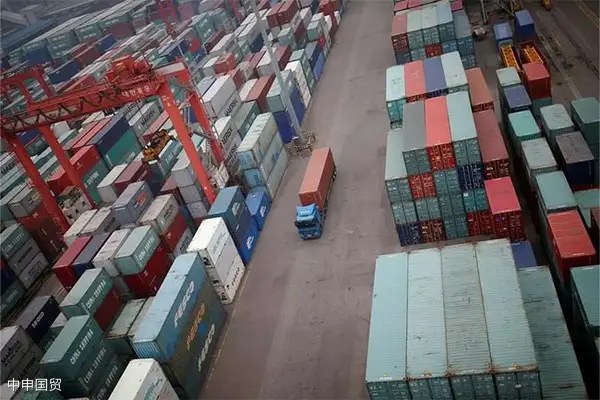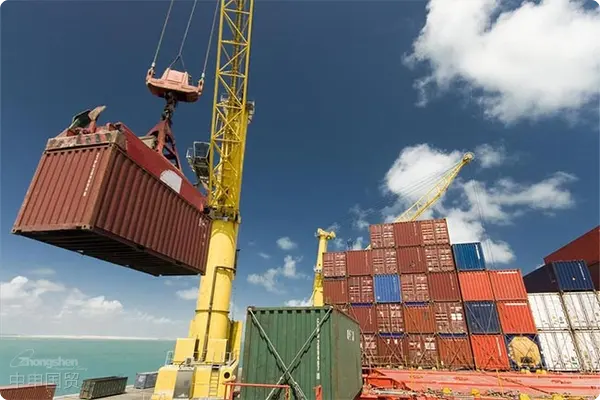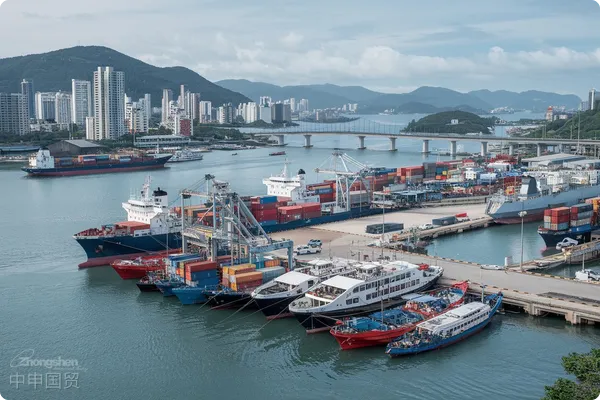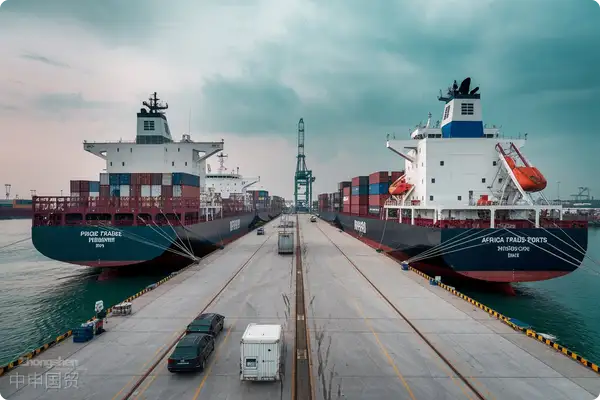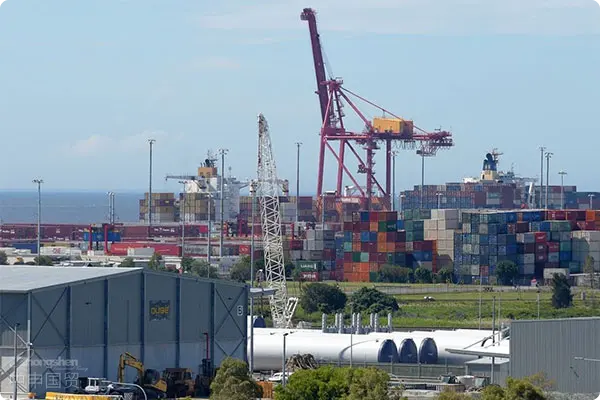- Shanghai Zhongshen International Trade Co., Ltd. - Two decades of trade agency expertise.
- Service Hotline: 139 1787 2118
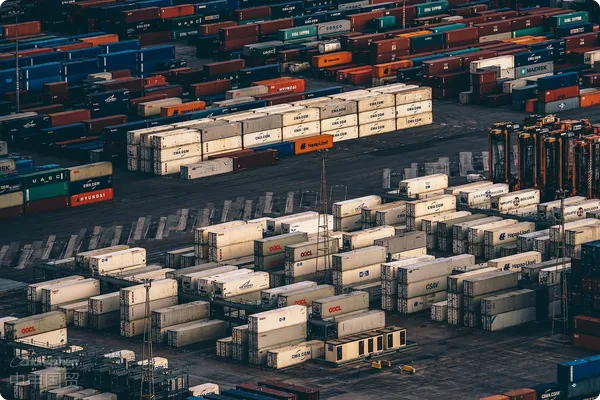
AgencyExport DrawbackDeclaration is a complex process involving multiple steps and departmental collaboration. Understanding its procedures and steps is crucial for export enterprises, especially those relying on proxy services to obtain export tax rebates. This not only helps ensure companies receive their due rebates smoothly but also guarantees compliance in international trade.
I. Preparation Phase
Collect Basic Materials
- First, the enterprise needs to provide the proxy agency with complete export goods-related materials. This includes the customs declaration form, which is an important document for goods export, recording details such as the goods name, quantity, value, export date, and transportation method. The proxy agency must carefully verify the accuracy of the customs declaration form, as it is one of the core bases for tax rebate declaration.
- The enterprise must also provide the value-added tax (VAT) special invoice. The VAT special invoice reflects the goods purchase cost and the included VAT amount. The information on the invoice must match the customs declaration form, export sales contract, and other materials. For example, the goods name, specifications, and quantity must be consistent; otherwise, the tax rebate declaration may fail.
- The export sales contract is also indispensable. The contracts terms, such as the goods price, delivery method, and settlement method, are significant for verifying the export businesss authenticity and determining the rebate amount.
Data Organization and Verification
- After receiving the above materials from the enterprise, the proxy agency will conduct detailed data organization. They will cross-check the data in the customs declaration form, VAT special invoice, and export sales contract. For example, they will verify whether the export amount on the customs declaration form matches the tax-exclusive amount on the VAT special invoice and whether the export goods quantities are consistent.
- For data with discrepancies, the proxy agency must communicate with the enterprise to identify the cause and make corrections. This process requires high accuracy and responsibility, as even a minor error may affect the entire tax rebate declaration result.
II. Declaration Phase
Enter Declaration Data
- The proxy agency uses a specialized export tax rebate declaration system to input the verified customs declaration form, VAT special invoice, and other data. During data entry, they must strictly follow the systems requirements to fill in all information, including the enterprises basic details (such as taxpayer identification number, enterprise name, and customs code), the export goods detailed information (such as commodity code, export quantity, and FOB price), and tax rebate-related information (such as the rebate rate).
- After data entry, the system will automatically perform preliminary logical checks. For example, it will verify whether the declared rebate rate matches the commodity codes corresponding rebate rate and whether the export quantity is within a reasonable range. If logical errors are detected, the system will prompt the proxy agency to make corrections.
Generate Declaration Reports
– After the system verification is completed without errors, the agency can generate various export tax refund declaration forms in the declaration system, such as the Export Goods Tax Refund Summary Form and Export Goods Tax Refund Detailed Form. These forms detail the tax refund-related information of the companys exported goods and serve as important documents for submission to the tax authorities.
– The agency needs to carefully review the generated forms to ensure the data is accurate and consistent with previously entered information and provided original documents.
Review and Feedback Stage
Tax Authority Review
– After the agency submits the generated declaration forms and relevant documents to the tax authorities, the tax authorities will conduct a strict review of the declaration content. Tax auditors will verify the authenticity and completeness of documents such as customs declarations, VAT special invoices, and export sales contracts, as well as the accuracy of the declared data.
– The tax authorities may conduct inquiries for questionable declaration content. This involves sending letters to the tax authorities in the suppliers location to verify the production and sales of the goods. This process may take some time, and the agency needs to promptly cooperate with the tax authorities by providing any required supplementary materials.
Feedback and Adjustments
– If the tax authorities identify issues during the review, such as incomplete documents or inconsistent data, they will provide feedback to the agency. Upon receiving the feedback, the agency must make timely adjustments as required by the tax authorities.
– For example, if a customs declaration contains incorrect information leading to rejection, the agency must communicate with the company and apply to customs for corrections before resubmitting the declaration.
Tax Refund Stage
Determining the Refund Amount
– Once the tax authorities approve the declaration, they will determine the companys tax refund amount based on the declared content. The refund amount is calculated based on factors such as the FOB price of the exported goods and the refund rate. The agency must carefully verify the refund amount determined by the tax authorities and communicate with them if there are any doubts.
Receiving the Refund
– Finally, the tax authorities will disburse the refund to the companys bank account. The agency must monitor the refund status and promptly notify the company. After receiving the refund, the company can use it for operations, expansion, or other purposes.
Conclusion
The agency export tax refund declaration process is rigorous and complex. Agencies play a crucial role by accurately organizing data, handling declarations, and actively cooperating with reviews to help companies successfully obtain export tax refunds. Companies must also prioritize collaboration with agencies by providing accurate and complete documents to ensure a smooth declaration process. As international trade and tax policies continue to evolve, the export tax refund declaration process must also adapt and optimize to meet new requirements.
Related Recommendations
Learn
Contact Us
Email: service@sh-zhongshen.com
Related Recommendations
Contact via WeChat

? 2025. All Rights Reserved. 滬ICP備2023007705號-2  PSB Record: Shanghai No.31011502009912
PSB Record: Shanghai No.31011502009912
